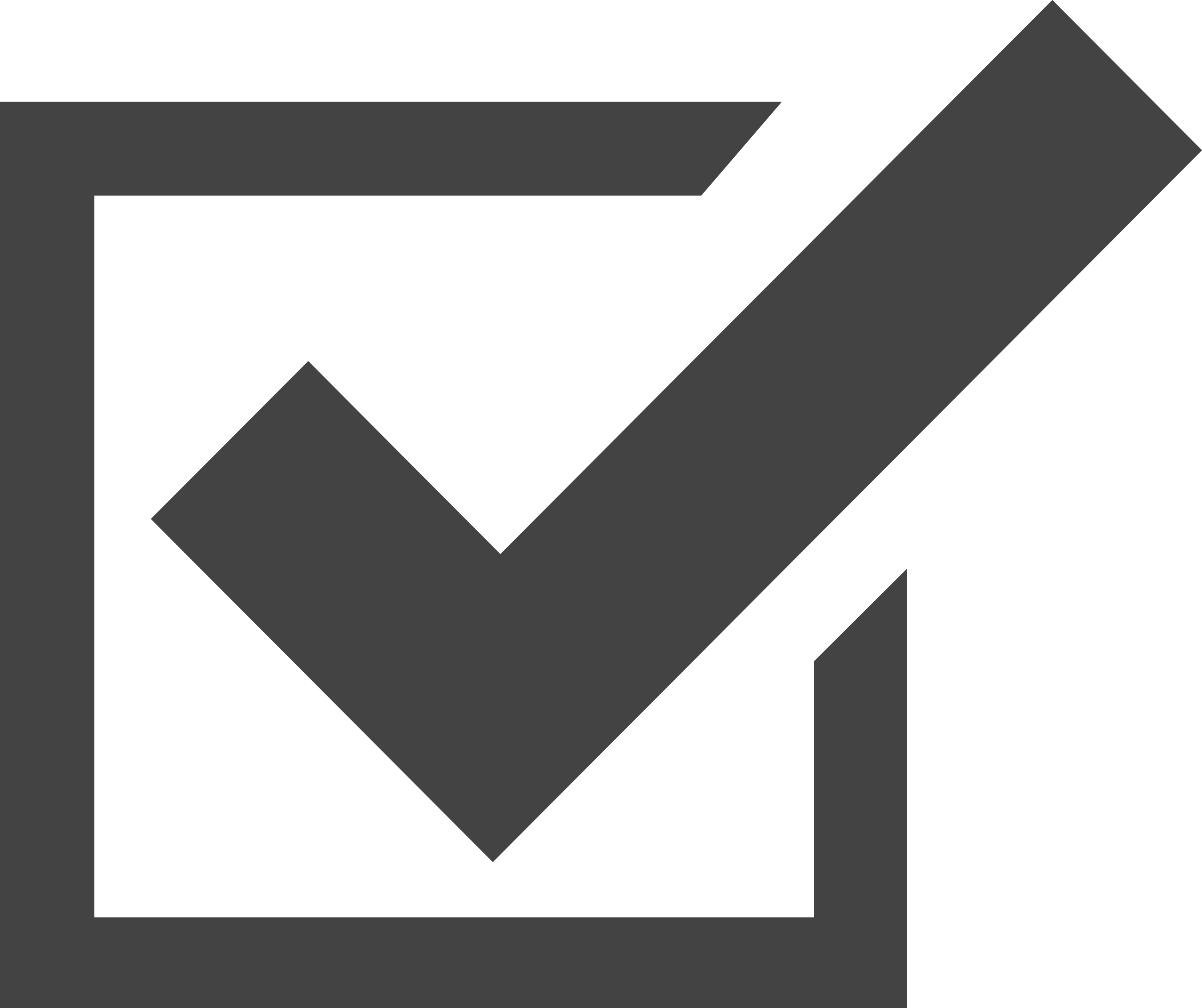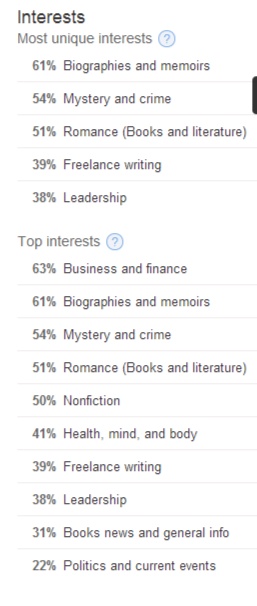
by Ben Zackheim | Jun 20, 2014 | Writing |
Here’s how to make your book free on Amazon.
I’ve seen a lot of posts try to make a big deal out of it. But if you decide that permafree will work for you, then you just need patience.
Step 1) Either don’t sign up for Amazon KDP Select or opt-out of KDP Select with your existing ebook. You’ll need to wait for your 90 day deal to expire.
Step 2) Make your ebook free everywhere online. That includes Smashwords, Barnes & Noble, iBookstore and Kobo.
Step 3) Ask friends, family and kind strangers to click on this red-outlined link on your book’s Amazon product page:

Step 4) Email Amazon support and tell them the book is available for free on other sites. cis@amazon.com
Step 5) Wait for Amazon to price-match to zero.
It may take a while for Amazon to get around to price-matching. Some writers have told me that it took over a month! If a month passes and nothing happens, have more of your friends click on that link above and/or contact Amazon support.
To be clear the “perma” in “perma-free” is anything but permanent. You can always start charging again if you want to.
Good luck, my friends!
by Ben Zackheim
You may also like:
Prepare your book for its free Amazon KDP Select days
Amazon has a bridge to sell ya!
Is Amazon KDP Select worth it?

by Ben Zackheim | Jun 19, 2014 | Writing |
How to price your ebook can be a tough decision.
Which is surprising since there aren’t many standard price points to choose from!
$.99 – $9.99
That can be broken down in fifty cent increments or one dollar increments. ($1.49, $1.99, $2.49, etc.)
Sure, you could charge $1.27, or $6.73, but price points like that tend to make customers think they’re buying a used item.
So with a max of 19 prices, how do you price your ebook?
What does the competition charge?
Get a clear picture of what people expect to pay for your kind of story.The best place to start is to look at what the competition charges in the Top 20, then price-match the books that you’d like to compete with.
For those of us who write in those annoying little gray areas where it’s tough to find the competition… well… we need to dig a little deeper to find good facts to work from.
My Shirley Link mystery series for Middle Grade to Young Adult is a perfect example. Not many indys write in this specific category, which makes it hard to price match with competitors. I’ve found that most people just won’t pay a Nancy Drew price for an indy book.
Not enough competition to price-match? Try, and try again!
After a lot of trial and error, I’ve settled on my latest pricing strategy of:
Shirley Link & The Safe Case (#1): FREE
Shirley Link & The Hot Comic (#2): $.99
Shirley Link & The Treasure Chest (#3): $2.49
Shirley Link & Black Cat (#4): $2.99
It’s a cross between the pricing strategy of Romance ebooks and Kids ebooks. Start free, make #2 cheap, then crawl up to $2.99, where I can start to make some good money.
Frankly, it’s been a tough road to find the right price for Shirley Link! But I’m definitely getting closer as I try different prices and roll out new books.
Should I go free?
Perma-free is the term we use to describe a book that is free “forever.” Many series authors make the first book in the series free because it helps increase visibility. Going perma-free, when done right, can mean higher sales for the rest of your series.
If you write a series, then do the following to decide if you should go perma-free on Amazon.
1) Do 3 Free Promo Days with book #1.
2) Measure the sales of the entire series post-promo.
3) Answer this question: If your entire series did this well all the time would you be happy? If the answer is yes, then ask a follow-up question. Would you be happy if your series did half as well all the time? If the answer to that is yes then make the first book perma-free. Why? Because the book is strong enough to act as a good entry-point for your entire series. So it’s likely that it will drive satisfying sales. If the answer to either question is no, then perma-free is probably not for you.
If your free book doesn’t rocket readers into your other books, then permafree is not a good pricing strategy.
The bottom line is this: your audience will send strong signals if your price is wrong. For instance, if you see slow sales after a successful free promo day on Amazon, then one reason could be the price point. “But I charge one buck for my ebook!” you might say.
The problem could still be with your price.
Your price may be too low.
Try jacking it up 50 cents. Yes, really. It worked for my third Shirley Link book.
One last tip is to reach out to fans. Ask them what they think the book is worth. Your readers can offer some keen insights on topics ranging from pricing to book description to, of course, story content!
How did you decide the price for your ebook? Do you experiment a lot, too?
Check out my post on how to make your book free on Amazon.
by Ben Zackheim
You may also like:
Prepare your book for its KDP Select free promotion days
Amazon KDP Select has a bridge to sell you! No, really.
The $11 Million question: Is KDP Select worth it?
Want to do more research on pricing your book? Here’s some good reading:
Smashwords survey
PBS
Nick Stephenson (with nifty graphs!)
—-
by Ben Zackheim | May 12, 2014 | Book Promotion, Sell your book |

Cheat sheet. Use it once you’ve read the rest of this post!
In my last post, I covered the general rules of choosing the right genre for your book. I spoke briefly about Amazon’s categories. I’ll go into more details now.
The ground rules for Amazon categories are simple:
Every genre on Amazon gets to have its own tidy list of popular titles.
Each of these lists is often visited by fans of those genres.
Amazon scours their popularity lists for books to promote.
So how do you show up on a popular Amazon list?
Choose the right genre when you publish your book on Amazon.
Once you’ve identified which genres you belong in, you need to decide which genre is easiest for you to get in the Top 20. We’re shooting for the Top 20 because that means your book would show up on the first page of that genre’s Amazon page.
Good place to be…
After we find the easiest genre to place in, we’ll shoot for a tougher genre. Just to keep things interesting!
How to choose the right genre for your book on Amazon
Okay, let’s say we write a Mystery ebook for kids with a female detective (like oh, say, Shirley Link). Here are some of the possible categories on Amazon. I dug these up by rummaging through Amazon’s genre lists (seen on the left hand side of this page)
Kindle ebooks/Children’s ebooks/Mysteries & Detectives
Kindle ebooks/Children’s ebooks/Mysteries & Detectives/Detectives
Kindle ebooks/Children’s ebooks/Action & Adventure
Kindle ebooks/Children’s ebooks/Literature & Fiction/Beginner Readers
Kindle ebooks/Literature & Fiction/Chapter Books
Kindle ebooks/Literature & Fiction/Women’s Fiction/Mystery, Thriller & Suspense/Women Sleuths
Any of these genres would work for the book. So how do we choose which genre we can get to #20 in?
Using Theresa Ragan’s sales estimator, I get a ballpark idea of how many books I’d need to sell to crack the top 20 of each possible genre.
So the #20 book in Kindle ebooks/Children’s ebooks/Mysteries & Detectives/Detectives is Nancy Drew & The Bungalow Mystery.
But, more important to us is the book’s overall Kindle rank of 39,589 (see image below).
Checking Theresa’s sales estimator, this means the book sells between 3-15 copies per day.
Nancy Drew: The Bungalow Mystery sales rank info from the book’s product page on Amazon:

On the other hand, Kindle ebooks/Children’s ebooks/Mysteries & Detectives is a tough one. The 20th ranked book has an overall Kindle sales rank of 3,239. This means the book sells between 30-50 books per day.
Spirit Animals Book 1 sales rank info from the book’s product page on Amazon:

I think I can manage to sell 3-15 books per day, but 30-50 will take some ingenuity. If I can find a way to crack the tough Action & Adventure Top 20 list then that will mean much more exposure to more people. I’m willing to claw my way up that genre’s listings over the long haul. One good sales day could be a game changer.
Conclusion
It’s fine to choose low-popularity genres for your picks. You’re more likely to be seen by fans of those genres if you rank high! But don’t be afraid to experiment if you’re not happy with sales. Yes, it’s possible to lose sales because you’ve changed genres, but if you do it with a marketing plan to back it up then you can gain crucial customer knowledge.
If you have any questions, please ask them in the comments. Don’t forget to use the cheat sheet above. And pass it on to a writer friend.
Thanks for reading!
By Ben Zackheim
Helpful tool: Sign up for EBookTracker to get details on any book’s ranking over time. The tool won’t help you see actual sales, but it will give you insights around your favorite genre’s movers and shakers.
You might also like:
Amazon has a bridge to sell ya!
The $1.1 Million question: Is KDP Select worth it?

by Ben Zackheim | Apr 8, 2014 | Book Promotion, Digital Identity, Sell your book, Shirley Link & The Treasure Chest, Writing |
You hear the one about the two authors who walk into a bar? One has a mailing list. The other one has zip. Nada.
Mailing List: “I saw that tweet about your book sale the other day.”
Zip Nada: “Yeah. I got two whole sales after a week of prep, a $50 ad spend on Goodreads and 28 tweets.”
Mailing List: “Wow. That sucks.”
Zip Nada: “Thanks. That’s really helpful. I got your newsletter about your book last month. Looked nice.”
Mailing List: “50 copies sold. Not too bad. Why don’t you use your email list to promote sales?”
Zip Nada: “I don’t have one.”
Mailing List: “Oh man! It took me seven years to build mine! You’d better get started, like yesterday!”
What’s the punchline of the joke? Zip Nada punches Mailing List in the face.
If a writer doesn’t have an email list, does he make a sound when he falls in the forest?
Many writers experience dismal sales from Twitter/Facebook/[enter social network name here]. A common complaint is, “My followers are family, friends or fellow writers who don’t buy other writer’s books.”
We’re told that we should have an email list. That way we can reach the highest quality, most targeted audience possible.
Uh. I’m afraid all the above is true.
But…
Here’s some great (and little-discussed) news. If you use Twitter then you can reach your target audience. No matter what the “quality” is of your followers!
How?
Twitter Analytics, is a spectacular tool for finding people to buy your book.
You could say, “but that assumes my social network followers care about my books and they demonstrably do not.” This is a big misconception,and probably one of the most damaging to authors who blog, tweet and share online. We’re told by a lot of smart people out there that people who follow us, Like our posts or share our tweets aren’t necessarily fans, or even readers.
That’s a glass half empty (and incomplete) perspective.
Here’s mine:
The Twitter connections we’ve made online with non-fans and even non-readers are valuable enough to sell books.
How can that be? Because Twitter has learned so much about them!
Here’s what I mean. This is a breakdown of my Twitter following.

Is that a marketer’s ten thousand dollar breakdown of potential audience?
No, it’s Twitter’s free report on my followers.
Yup. They actually tell me what interests my followers have, even broken down by favorite genres! So for all my Twitter struggles and misses and successes over the years, in the final analysis it was my mere presence that gave Twitter the data it needed to say, “Hey, good job reaching out. Here’s who you have. Now go have fun selling your book to them!”
How does this help you? If you look at your own follower breakdown you’ll spot interests and terms that you can tweet about. For instance, using the data above, I just brainstormed a new tweet that I’m going to try:
Tweet: How do teenagers learn #leadership skills? Shirley gets crash course in #mystery Shirley Link & The Treasure Chest http://ctt.ec/n4z2o+
In that book, my heroine (Shirley Link) gets a lesson in leadership when she tries to get her two best (and bickering) friends to work together. All while dragging her dad around so he can help with the case.
So I’ve used two terms that I know (from solid Twitter data) will resonate with a huge part of my Twitter following: “mystery” and “leadership”.
But it doesn’t end there. You could apply this data to find terms for your book description, your book metadata and even blog posts about your book. Then when your audience clicks on the tweet they’ll see their favorite subject brought up again and again as they decide if they want to buy or not.
Conclusion: Get signed up for Twitter Analytics to find your target audience
So the lesson here is, you might not have a big enough mailing list yet. But as you build that up, don’t fret. Use Twitter and some common sense and you’ll find your readers.
Sign up for Twitter analytics here.
by Ben Zackheim
If you liked this post, give these a try!
WordPress for authors and writers (part four)
WordPress for authors and writers (part three)
WordPress for authors and writers (part two)
WordPress for authors and writers (part one)
Top 5 writing contests






